Twitter founder Jack Dorsey recently emphasized Bitcoin’s relevance depends on scaling payments. But this perspective overlooks where true adoption potential lies: unlocking utility through Bitcoin DeFi and Layer 2 (L2) innovation.
As someone deeply engaged with Bitcoin developers, market makers, and investors, I disagree that payments alone will drive Bitcoin’s future. The asset is now widely accepted as “digital gold”—a long-term store of value for individuals, institutions, and even nations. Most holders don’t intend to spend their BTC. Instead, they seek ways to utilize it without selling or transferring it.
Bitcoin’s finite supply, decentralization, and unmatched security make it ideal collateral. Platforms like Stacks and other Bitcoin Layer 2 solutions can bring smart contract functionality to the ecosystem without compromising its base layer. This unlocks lending, borrowing, and yield opportunities—real use cases that align with Bitcoin’s identity as generational wealth.
Binance reports that only 0.8% of bitcoin is currently used in DeFi. That represents nearly $1 trillion in untapped value. Bridging BTC to L2s allows users to borrow stablecoins, earn yield, and build financial tools—all while keeping their bitcoin secure. This model preserves Bitcoin’s integrity while expanding its use cases.
Dorsey is right: Bitcoin must be relevant in daily life. But relevance doesn’t mean buying coffee with BTC. It means enabling people to use bitcoin as productive capital—through savings, loans, and decentralized finance applications. Builders creating platforms that expand Bitcoin’s utility while maintaining security will shape the future of the ecosystem.
The next era of Bitcoin isn’t just about faster payments. It’s about transforming BTC into an active asset within a growing, secure, and scalable financial network. That’s where the real opportunity lies.









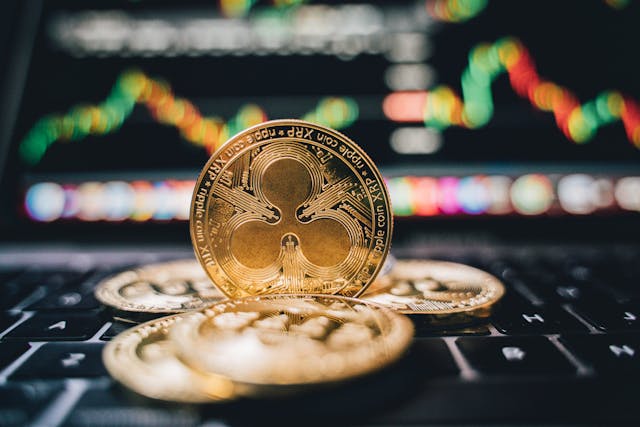
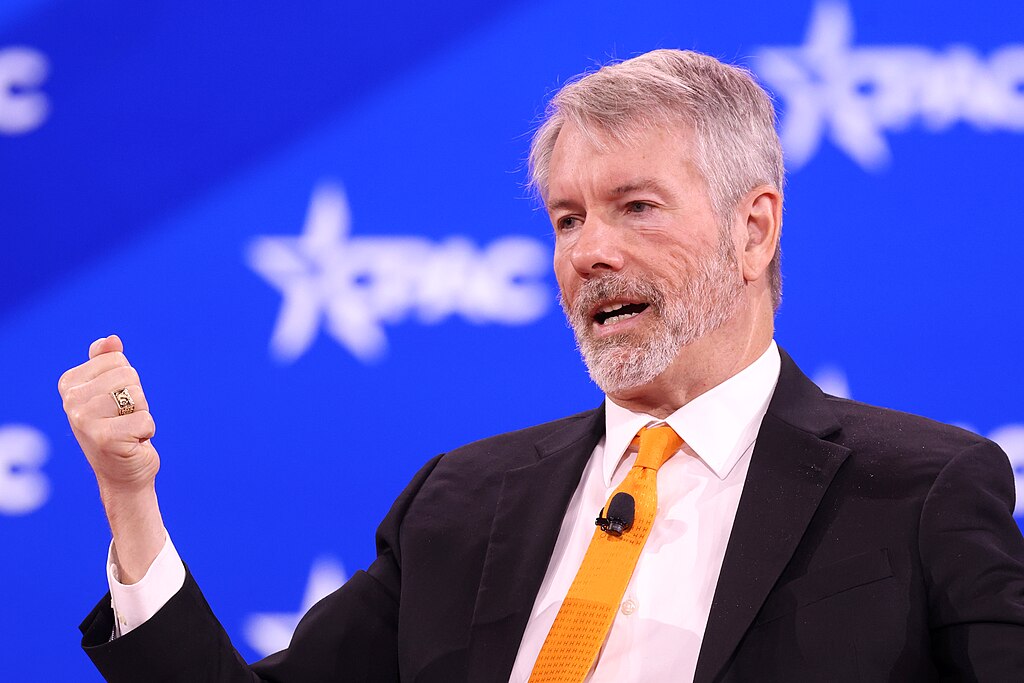
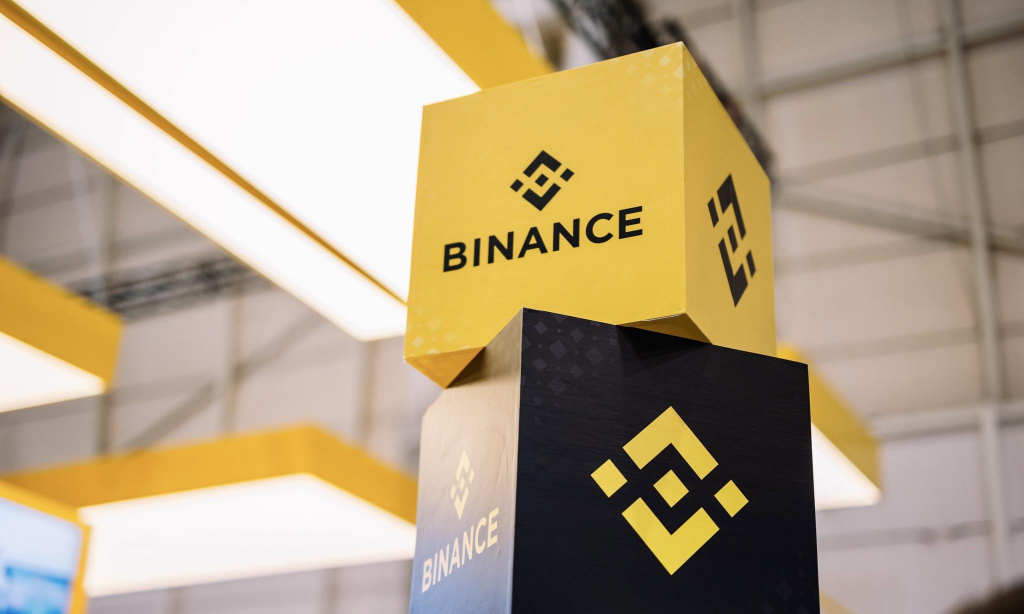

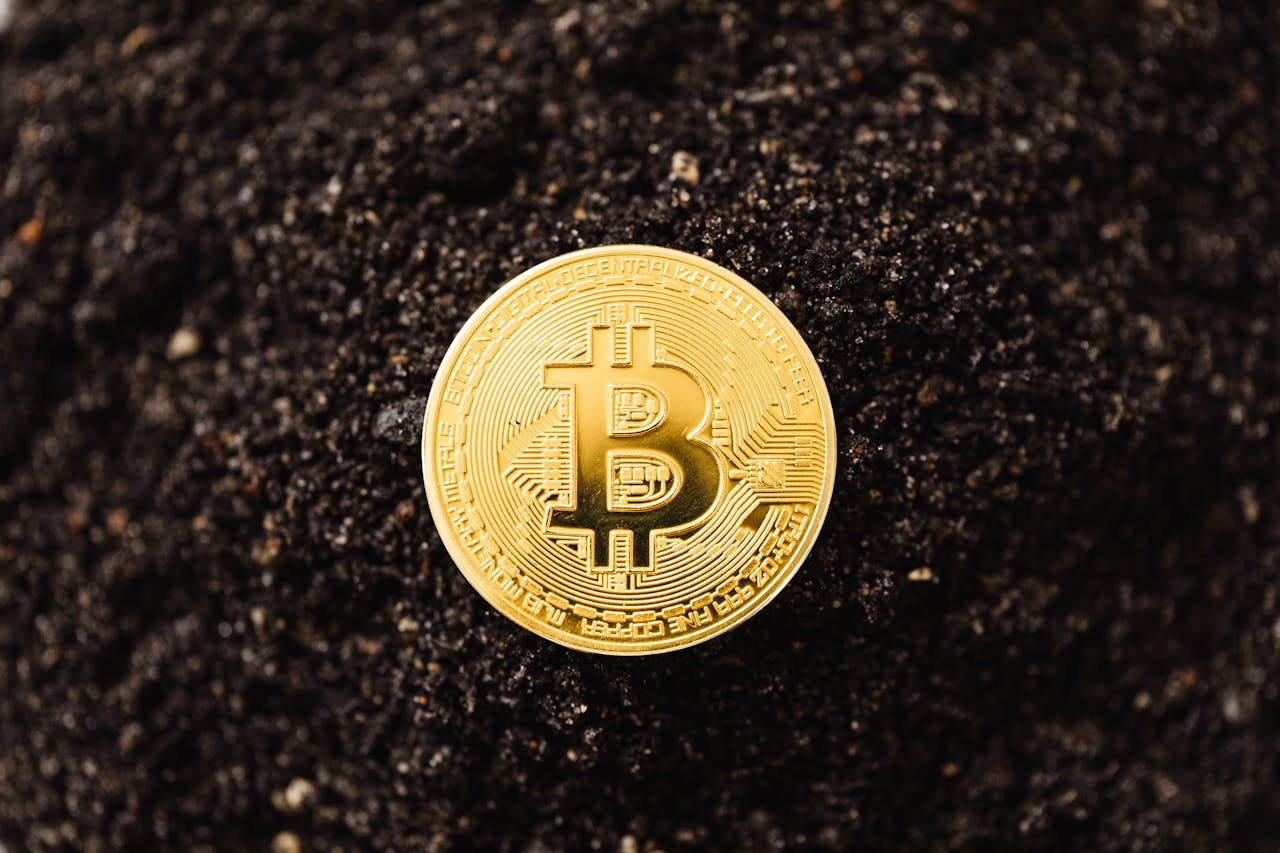




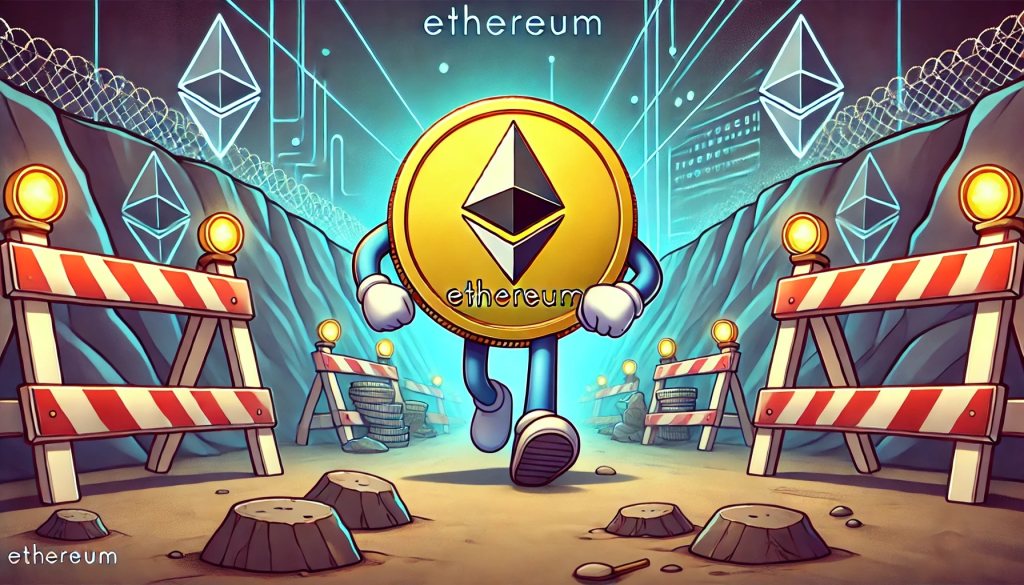






Comment 0